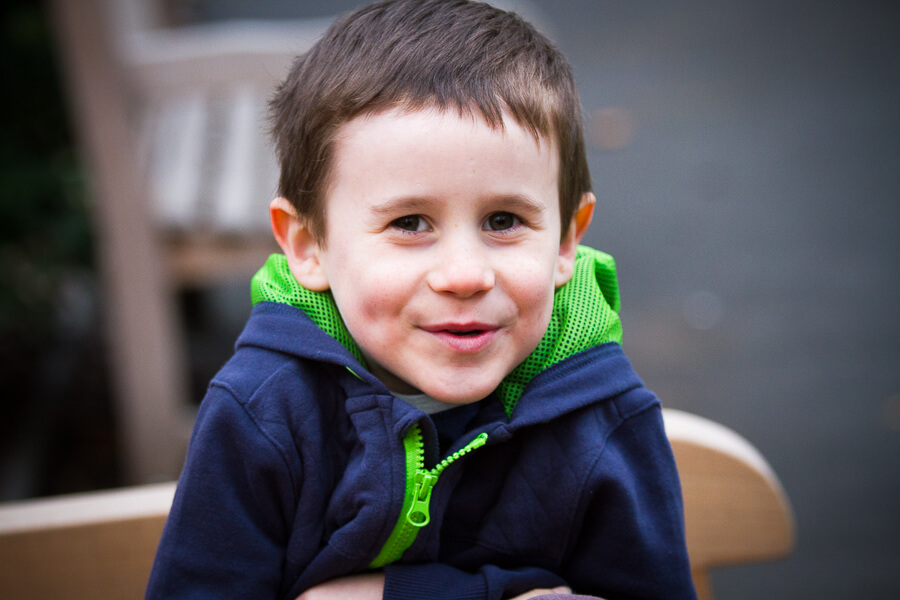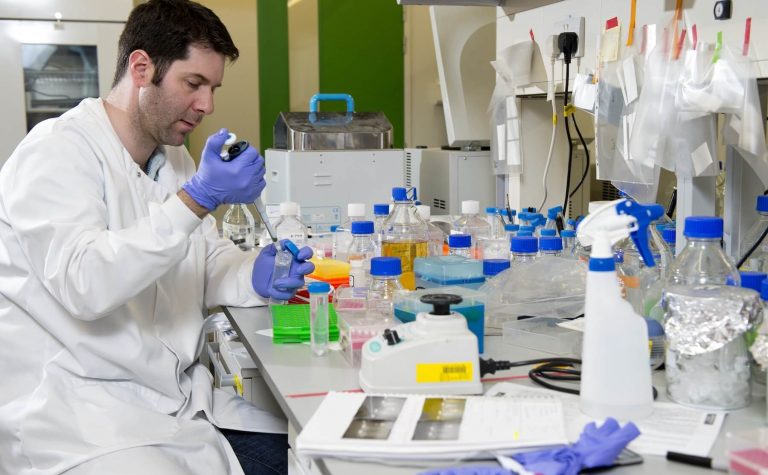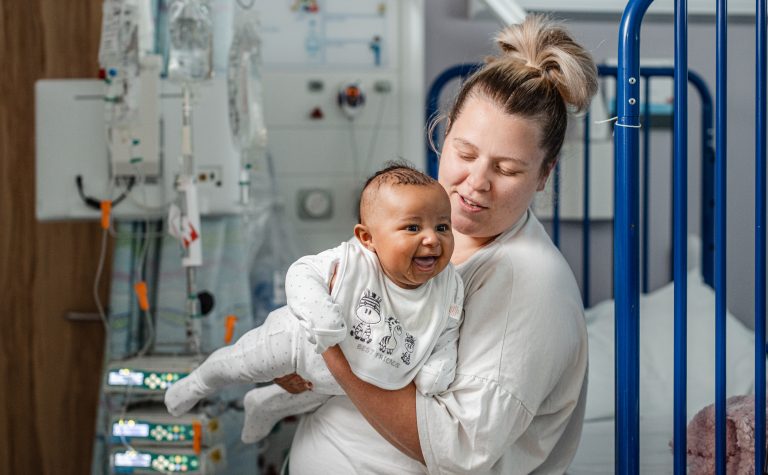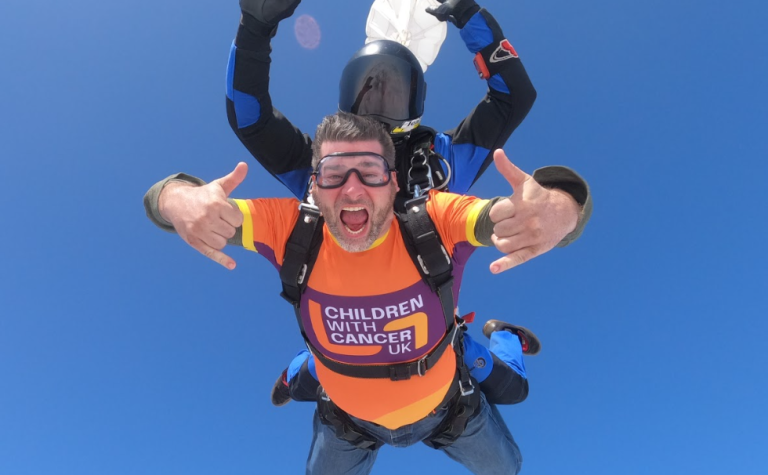Liver cancer in children
Childhood liver cancer is a disease in which malignant tumours form in the liver. There are two main types of liver tumours in children: hepatoblastoma (an embryonal cancer) and Hepatocellular carcinoma. Liver cancer account for 1% of childhood cancers. Five-year survival rate for childhood liver cancer is 73%.
What is liver cancer?
The most common type of liver tumours are hepatoblastomas, a type of embryonal tumour. The others are hepatic carcinomas.
Hepatoblastoma and hepatocellular carcinomas are primary tumours. The liver is a site for the development of secondary tumours that spread from another site. These secondary tumours are not classified as hepatic tumours. The causes of primary cancers of the liver are not fully understood. A very small number of cases of hepatoblastoma occur in association with congenital anomalies and familial conditions.
Hepatocellular carcinomas are more common in countries that have a high incidence of hepatitis B. Children who are infected with hepatitis B have a higher risk of developing hepatocellular carcinoma than uninfected children. The incidence of hepatitis b infection in children in the UK is very low.
In addition to hepatoblastoma and hepatic carcinoma, other types of childhood cancer can occur with the liver as the primary site. These include soft tissue sarcomas, lymphomas, neuroblastoma and germ-cell tumours. The inclusion of these tumours increases the total incidence of liver cancer in childhood by about a quarter.
What are the symptoms of Liver Cancer?
The most common symptoms of liver cancer in children are:
- A lump or swelling in the abdomen, which can be painful.
- Weight loss
- Loss of appetite
- Nausea and vomiting
Incidence
In Great Britain, liver cancer (hepatic tumours) are quite rare, accounting for 1% of childhood cancers, with up to 20 new cases diagnosed every year in the UK. This group is broadly divided into hepatoblastoma and hepatic carcinoma, which account for around four-fifths (81%) and one-fifth (18%) of cases, respectively.
Younger children aged under 4 years are at a higher risk than older children from hepatic tumours in general. In children in the UK there are around 12 cases a year in girls and 16 cases in boys. In teenagers and young adults in the UK there are around 4 cases in females and 5 cases in males each year
Hepatoblastoma is the rarest of the four principal embryonal tumours, and is most likely to be diagnosed in children under two years of age.
Incidence of hepatoblastoma is highest in the under-3 age group, declining steeply thereafter. Hepatoblastoma is more common in boys.
Incidence of hepatic carcinoma increases with age, with the majority of cases diagnosed at 10-14 years. Boys and girls are affected equally.
Diagnosis
What would you expect to happen first, when you see your GP?
A variety of tests and investigations will be carried out to confirm the diagnosis if a hepatic tumour is suspected.An ultrasound scan or CT or MRI scan should reveal the presence of a tumour in the liver. A biopsy will be taken to confirm the diagnosis.
Blood tests will also be carried out. Most cancers of the liver produce a protein called alpha-fetoprotein (AFP), a tumour marker. It is possible to measure levels of AFP in the blood – this can be a useful indicator of whether the tumour is responding to treatment or whether it may have come back after treatment has finished
How is liver cancer treated?
Liver tumours need to be removed surgically. A system called PRETEXT (the ‘pre-treatment extent of disease’) uses MRI scanning to establish the extent of the tumour in the liver and to determine whether it has spread to other parts of the body.
- PRETEXT 1: one liver sector is affected and the tumour can be removed by straight-forward surgery
- PRETEXT 2: two sectors are affected and the tumour can be removed with more extensive surgery
- PRETEXT 3: three sectors are affected and the tumour can be removed with major surgery
- PRETEXT 4: all four sectors of the liver are affected and a liver transplant is required
PRETEXT 1, 2 and 3 tumours are classed as ‘standard risk’. PRETEXT 4 is ‘high risk’ and includes tumours which have spread (metastasised) to other parts of the body.
For hepatoblastoma, chemotherapy is given first – to shrink the tumour and eradicate metastatic tumours. Surgery to remove the remaining tumour will take place a few weeks after chemotherapy. Further chemotherapy is usually given after surgery to make sure all remaining traces of the disease are destroyed.
The role of chemotherapy in the treatment of hepatic carcinomas is less certain. If the tumour is not too large, surgery usually takes place straight away and chemotherapy may be given afterwards. If the tumour is too large to remove straight away, chemotherapy will be used to shrink it before surgery.
If there is cancer in the lungs – and this is not completely destroyed by chemotherapy – the lungs will be operated on first. If the liver tumour can be surgically removed, that operation will usually follow a week or two later.
A liver transplant will be necessary if the tumour involves all four sectors of the liver (PRETEXT 4). This is only possible if all the cancer outside the liver has gone. A liver transplant involves removal of the whole liver and replacement with a liver from a donor. It may be possible for a parent to donate half of their liver.
Hepatic carcinomas may respond less well to chemotherapy. For this reason other treatments such as chemoembolisation and targeted treatments may be considered.
Chemoembolisation involves giving drugs directly into the artery going into the liver.
Targeted drugs are a new group of treatments that work in a different way to conventional chemotherapy. Some drugs may cause cancer cells to die directly. Others act to cut off the blood supply to the tumour cells (antiangiogenesis). Some drugs, called multi-targeted agents, work in both ways.
What is happening in the body and are there any side effects?
Liver cancer treatment often causes side effects and these will be discussed before treatment starts.
The possible side effects depend on the treatment given and the part of the body being treated but may include
- nausea and vomiting,
- hair loss,
- reduced resistance to infection,
- bruising and bleeding,
- tiredness and
- gut and nutritional symptoms
These problems are all temporary and can be minimised with good supportive care.
Children will have regular follow-ups to check for any recurrence of the cancer and for any problems that may arise as a result of the treatment they were given. A number of children may develop persistent side effects as a result of treatment, sometimes many years later, these are known as late effects. These can include
- impaired hearing
- a change in heart function
- a small increase in the risk of developing a second cancer later in life
Liver transplantation carries with it life long consequences relating to the need for immunosuppression to prevent rejection
Liver cancer survival rates
How effective are the treatments - What are the survival rates?
The cure rates for hepatoblastoma are very good even for children with advanced disease. Hepatocellular carcinoma is more challenging and cure is very dependent on the ability to safely carry out complete surgical resection of the tumour especially as these tumours do not tend to shrink so well with chemotherapy. Children will have regular follow-ups to check for any recurrence of the cancer and for any problems that may arise as a result of the treatment they were given.
Can it come back?
If the liver cancer comes back after initial treatment, this is known as a relapse. This may be in the liver or in other parts of the body. Relapse may be diagnosed by blood tests, before anything is seen on scans as the levels of alpha-fetoprotein (AFP) is very sensitive and rising levels can indicate early relapse. However, small rises in AFP may occur in the weeks after surgery, as the liver regenerates.
The choices for relapse treatment are complex and the prognosis and treatment needed will depend on where in the body the tumour recurs and the type of treatment used to treat the initial cancer. Your doctor will discuss all the options with you.
Research
Many children have their treatment as part of a clinical trial.
Trials aim to improve understanding of the best way to treat the cancer, usually by comparing the standard treatment with a new or modified version.
If appropriate, the child’s medical team will discuss participation in a relevant trial. Participation is optional but may offer the opportunity to receive new treatments.
Lukes Story
 Read Luke’s victory against a liver tumour (hepatoblastoma), told by his mum, Claire:
Read Luke’s victory against a liver tumour (hepatoblastoma), told by his mum, Claire:
Luke appeared to be a healthy, very happy, contented baby. When he was five months old, he began to take less milk in a feed, needed to feed more often, and didn’t appear to enjoy solids. One morning when I was changing his nappy, I noticed a lump protruding from under his rib cage when he was lying down.
I rang my Health Visitor with my concern and she visited within the hour. She didn’t seem overly concerned but advised we see our GP over the next few days. I got an appointment for the following morning, Friday 14 December 2007, the beginning of the worst time of our lives. The GP examined him and referred him immediately up to Frimley Park Hospital A&E department as he wanted a scan done and bloods taken. We spent the afternoon at the hospital and he had an ultrasound scan, CT scan and numerous bloods tests. It was very distressing for us all.
They informed us that evening that our baby boy had cancer – but they didn’t know what type and how serious it was.
On 21 December 2007, he was diagnosed with Stage 1 hepatoblastoma – a very rare liver tumour. Luke endured four rounds of toxic chemotherapy for two months, followed by major surgery lasting six hours to remove the liver tumour once it was small enough to do so safely. He then had more chemotherapy to ensure that no cancer was left inside him.
Although he still has regular follow-ups and will continue to do so for years to come, he is doing really well. He started school in September 2011.
If you’ve been touched by Luke’s journey, help us invest in the high quality research that really matters which would otherwise go unfunded, helping to support children with cancer so they can be with their families for longer. Read more about Luke’s Hepatoblastoma survivor story and his life after beating cancer.


